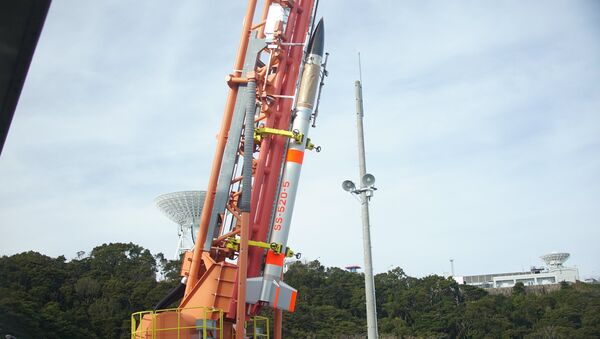The liftoff took place from the Uchinoura Space Center at 02:03 p.m. local time (05:03 GMT).
The rocket is set to place into orbit a TRICOM-1R satellite for geological surveillance and communications with a mass of just three kilograms (6.6 pounds) developed at the University of Tokyo. The satellite would be used, in particular, for photographing the Earth's surface.
2月3日(土)14時03分、内之浦宇宙観測所からSS-520 5号機による超小型衛星打ち上げの実証実験が行われました。
— JAXAウェブ (@JAXA_jp) 3 февраля 2018 г.
SS-520 5号機は計画通り飛行し、実験実施後約7分30秒に超小型衛星TRICOM-1R(トリコム・ワンアール)を分離、軌道投入に成功しました。 pic.twitter.com/VPWI5AxHOv
The SS-520-5 is a three-stage rocket that is a modification of the SS-520 two-stage sounding rocket. The rocket is over 9.5 meters (29.5 feet long), with a diameter of 52 centimeters (1.71 feet) and a total mass of about 2,6 tonnes.
SS-520 5号機による超小型衛星打上げの実証実験は、明日2月3日(土)14時03分を予定しています。内之浦宇宙観測所では、打ち上げ実証実験に向けて着々と準備が進められてあいます。
— JAXAウェブ (@JAXA_jp) 2 февраля 2018 г.
打ち上げ実験ライブ中継は、2月3日(土)13時50分から開始予定です。https://t.co/WqgteQ4rAE pic.twitter.com/8QciPZPO1T
The predecessor of this rocket, SS-520-4 was unsuccessfully launched on January 15, 2017. The transmission of the telemetry data stopped 20 seconds after liftoff and the decision was taken not to send a signal to the second stage of the rocket to turn on the engine. After disabling the first-stage engine, the rocket fell into the ocean.

